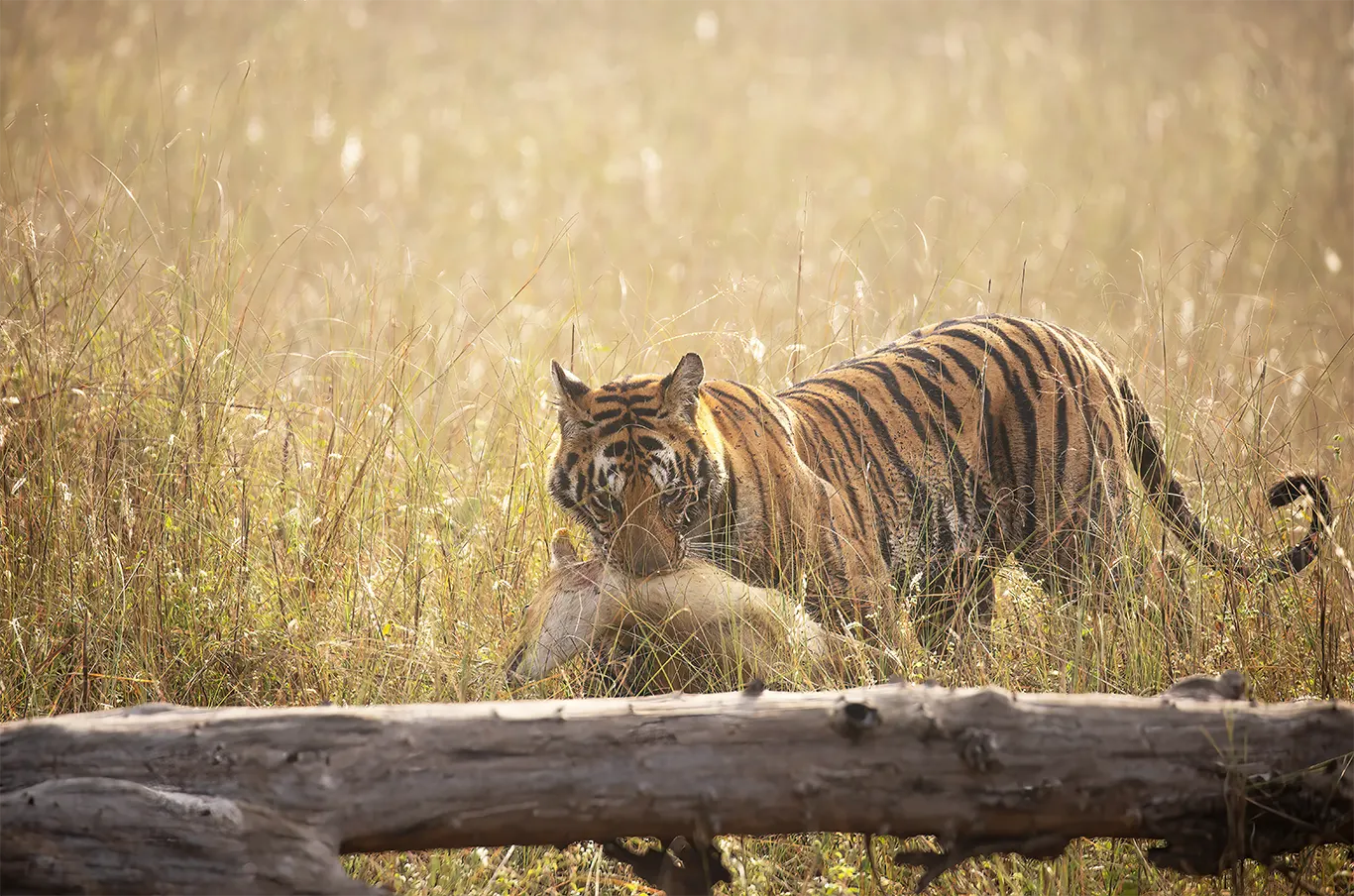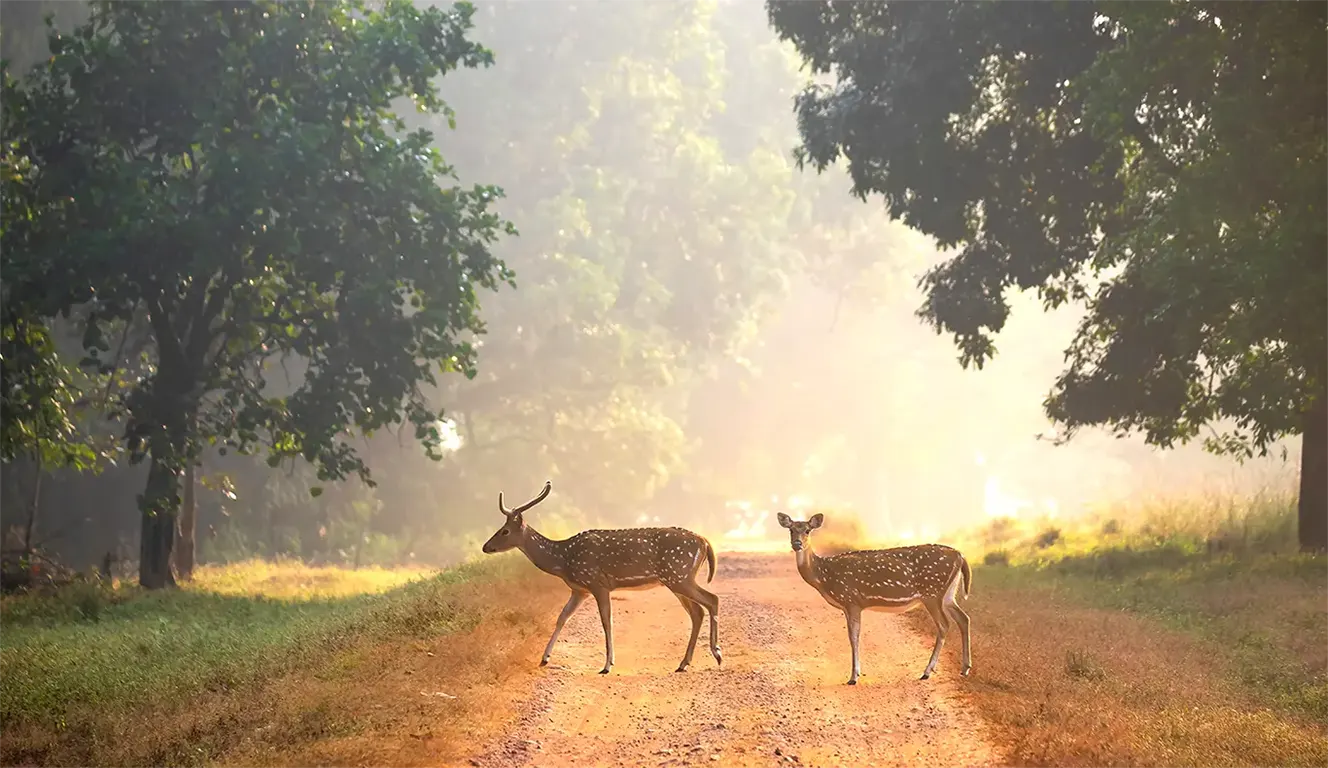Cookie
This website requires cookies to provide all of its features. For more information on what data is contained in the cookies, please see our Privacy Policy page. To accept cookies from this site, please click the Accept button below.


Are you looking to take your wildlife photography to the next level? Do you have a passion for capturing the beauty of nature and its creatures? If so, then you may want to consider becoming a professional wildlife photographer.
Professional wildlife photography requires discipline, skill, and the right equipment. It also requires a deep understanding of the natural world and the animals that inhabit it. With the right set of skills, you can capture amazing wildlife portraits that will be appreciated for years to come.
Wildlife photography can be a rewarding and fulfilling career, but it requires more than just a love of animals and the outdoors. It’s a discipline that requires skill, patience, and dedication. As someone just starting out in wildlife photography, it’s important to learn the rules and regulations of the craft and the essential gear you’ll need.
At Wildgraphy, we’ll provide you with the resources and tips you need to start your journey in wildlife photography. From the basics of portrait photography to the different types of camera equipment available, we’re here to help you take the best wildlife photographs possible.
In this blog post, we’ll discuss some of the basics of professional wildlife photography, starting with the gear you need.
Choosing the Right Lens and Gear:
When it comes to professional wildlife photography, having the right gear is essential. You should look for a camera that can handle low light, has a fast shutter speed, good resolution, and is able to take good quality photographs. You’ll also need a long zoom lens, a tripod, a flash, and other photography accessories. The first step to taking professional wildlife photographs is understanding your camera. If you’re not already familiar with your camera, it’s important to do some research and familiarize yourself with all its features. Each camera has different settings and capabilities, so make sure you’re prepared by taking the time to understand your camera and its settings.
The next step to taking professional wildlife photographs is to choose the right lens. Different lenses are designed for different purposes, so you’ll need to consider what type of wildlife photography you’re aiming for when choosing the right lens for your camera. Lenses for wildlife photography include telephoto lenses, wide-angle lenses, and macro lenses.
Rules and Regulations:
When shooting wildlife, it’s important to be aware of the rules and regulations set in place by national parks and wildlife sanctuaries. In some cases, you may need to obtain a permit before you can begin shooting in certain areas. Be sure to research the rules and regulations for the area you are planning to shoot in before you arrive.


Discipline:
Professional wildlife photography also requires a great deal of discipline. You should be aware of your surroundings and be respectful of the wildlife and their habitat. You should also take the necessary precautions to protect yourself from the elements and any potential danger. You need to be patient and stay focused on the task at hand. Make sure you take the time to observe the wildlife around you, and wait until the perfect moment before taking the shot.
Jungle:
If you’re shooting in the jungle, you should be prepared for anything. Make sure to bring enough food and water, wear the right clothing, and be aware of any potential dangers. You should also be aware of the local wildlife and their behavior, and be prepared to take evasive action if necessary. Before heading into the jungle, make sure you are aware of the local wildlife laws and regulations. Researching these laws in advance will help you stay safe and protect the local wildlife.
Animals:
When shooting wildlife, it’s important to be aware of the animals’ behavior and patterns. Be sure to shoot with patience, as certain species may take time to adjust to your presence and may require multiple visits before they become comfortable. Finally, it’s important to remember to be respectful of the animals at all times. This means no harassing or disturbing them, no chasing them, and no interfering with their habitat.
Prints:
Once you’ve captured your images, you’ll need to decide how you want to present them. You can turn your photographs into prints, digital albums, or even books. Once you’ve taken the perfect wildlife photographs, it’s time to edit and print them. Editing will help you make the most of your photographs and you can use a variety of programs to do this. Whether you’re looking to print the photographs for yourself or you’re looking to frame and sell them, printing is an essential part of taking professional wildlife photographs.
Finally, learning the ins and outs of post-processing can be essential for taking your photographs to the next level. With the right techniques and software, you can make your photos stand out from the rest.
Wildgraphy:
We hope that this guide has helped you understand the fundamentals of professional wildlife photography. With the right knowledge and equipment, you can capture stunning photographs of the natural world and its creatures. If you’re looking to take your wildlife photography to the next level, Wildgraphy can provide you with the resources and guidance you need!

